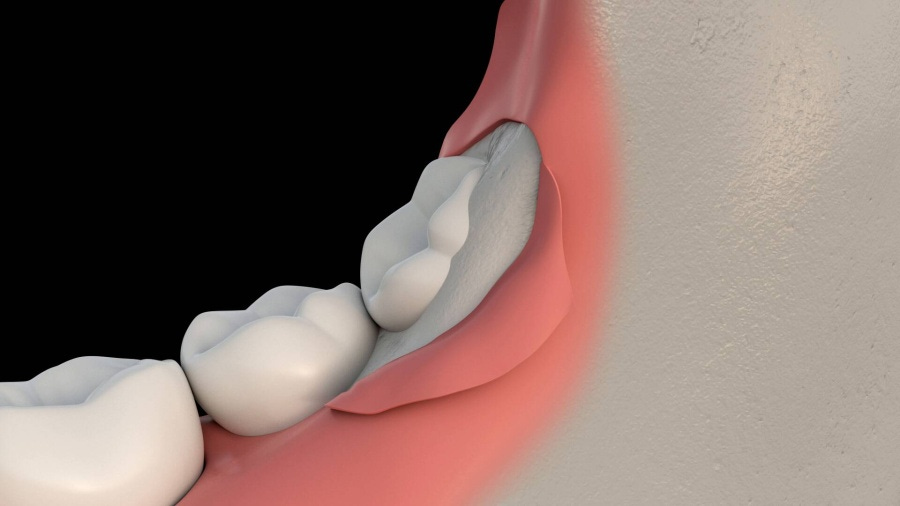Common Myths About Wisdom Tooth Removal
Wisdom tooth extraction is a dental procedure to remove one or more third molars, often due to pain, crowding, or infection risks.
When it comes to dental surgery, few procedures are as misunderstood as wisdom tooth extraction. Many patients delay treatment due to fear, confusion, or misinformation. Learning the common myths about Wisdom Tooth Extraction can help you make informed decisions about your oral health. Debunking these misconceptions will ensure you’re better prepared for a safe and smooth procedure.
Everyone Needs Their Wisdom Teeth Removed:
One of the most widespread myths about wisdom tooth removal is the belief that extraction is always necessary. While it’s true that many people experience problems due to impacted or misaligned third molars, not everyone will.
Some people never develop wisdom teeth at all
Others have enough jaw space for normal eruption
Well-positioned teeth that are healthy and functional can be left in place
Dentists may monitor them rather than remove them immediately
An X-ray and regular dental check-ups help determine whether removal is required or if observation is a better course of action.
Wisdom Tooth Removal Is Extremely Painful:
Many patients fear the pain associated with extraction, but this myth is largely outdated. Thanks to modern dental technology and anesthesia, the procedure is much more comfortable than people imagine.
Local or general anesthesia numbs pain during the procedure
Sedation options are available for anxious patients
Post-operative pain is typically managed with over-the-counter medications
Most discomfort lasts only a few days and improves quickly with proper care
While some swelling and soreness are expected, the process is usually far less traumatic than the rumors suggest.
You Should Wait Until They Hurt:
Another misleading belief is that wisdom teeth should only be removed if they cause pain. In reality, waiting until you’re in pain could lead to more serious complications.
Impacted teeth may cause damage to nearby molars before symptoms appear
Infections, cysts, and gum disease can develop silently
Proactive removal prevents future problems
Early extraction can mean faster recovery and fewer risks
Dentists often recommend removing wisdom teeth in your late teens or early twenties to avoid complex surgical issues later on.
Recovery Takes Weeks:
Many people assume they’ll need to take several weeks off work or school after extraction. While everyone heals differently, most patients return to their regular routines within just a few days.
Typical recovery time is 3 to 5 days for mild cases
More complex extractions may take up to a week
Swelling peaks around day two or three, then begins to decrease
Following post-op care instructions speeds up healing
Ice packs, soft foods, and rest are usually all that’s needed for a swift recovery. Most people experience manageable downtime, not extended disability.
Only Young People Need Extraction:
While Wisdom Tooth Extraction Treatment is commonly performed on teenagers and young adults, older adults can also require it. Some believe there’s an age limit, but that’s not true.
Wisdom teeth can cause issues at any age
Later-in-life extraction is often more complex due to root development
Adults can still benefit from removal to relieve infection or crowding
Healing might take slightly longer in older patients, but it’s still effective
The key is regular dental exams to track changes and act when necessary, regardless of age.
It’s a Risky and Dangerous Procedure:
Some people believe wisdom tooth surgery is dangerous or high-risk, which is far from the truth when performed by qualified professionals. Like any surgery, there are risks—but they are low and well-managed.
Complications are rare with skilled care and good hygiene
Dentists and oral surgeons follow strict sterilization protocols
Common side effects like dry socket are avoidable with proper aftercare
Serious risks like nerve damage are extremely uncommon
With thorough consultation and experienced dental care, wisdom tooth removal is considered a safe and routine procedure.



